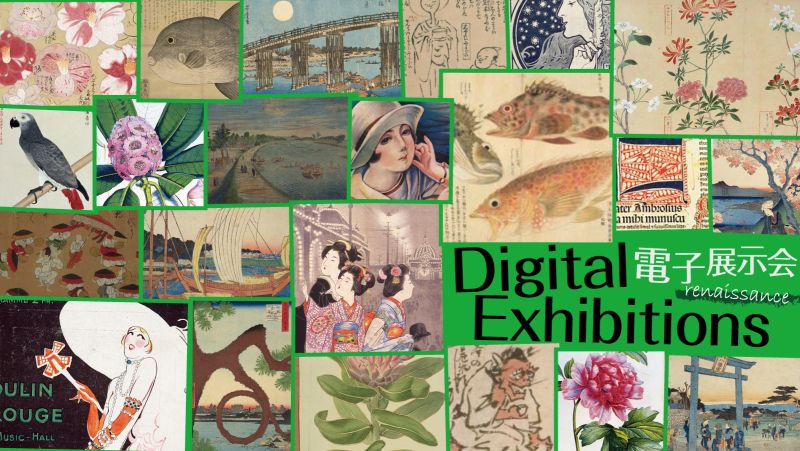Column
Making an incunabulum
This section is a guide for you to try making an incunabulum yourself.
You will have a better understanding of quires and formats by actually printing out images and folding the printed sheets of paper of Aristotle's Problemata, one of the German incunabula.
Follow the instructions to complete the incunabulum. When folding sheets, please refer to the figure "How to fold the printed sheet of paper" shown below. By checking the quire symbols, you can see if the quires are correctly made up. You can also check on the correct pagination by clicking on "Image of Aristotle's Problemata."
This version of Problemata consists of six ternions, each of which has twelve pages. One ternion is made by combining a folio made by folding a half sheet of paper once (two leaves, four pages) and a quarto made by folding a whole sheet of paper twice (four leaves, eight pages). Six sets of this combination will make the incunabulum.
To practice, download the PDF files listed below.
To practice, download the PDF files listed below.
Cover (vellum, calf hide, morocco leather, pigskin) , 1, 2, 3, 4, 5, 6, 7, 8, 9, 10, 11, 12
- Print each image on a sheet of paper of the same size and cut off the margin before starting the work.
- Four kinds of covers using different animal skins are available. Select the cover you prefer.
* Basically all incunabula are printed on both the front and back sides of paper. As ordinary home printers, however, cannot print on both sides of the paper, in this exercise, we recommend that you print on one side of the paper, fold the printed paper in half and glue the blank side together so that you can make a whole sheet of paper, or rather, half of it printed on both sides. Half a sheet of paper used for incunabula was made by cutting a whole sheet of paper into two.













